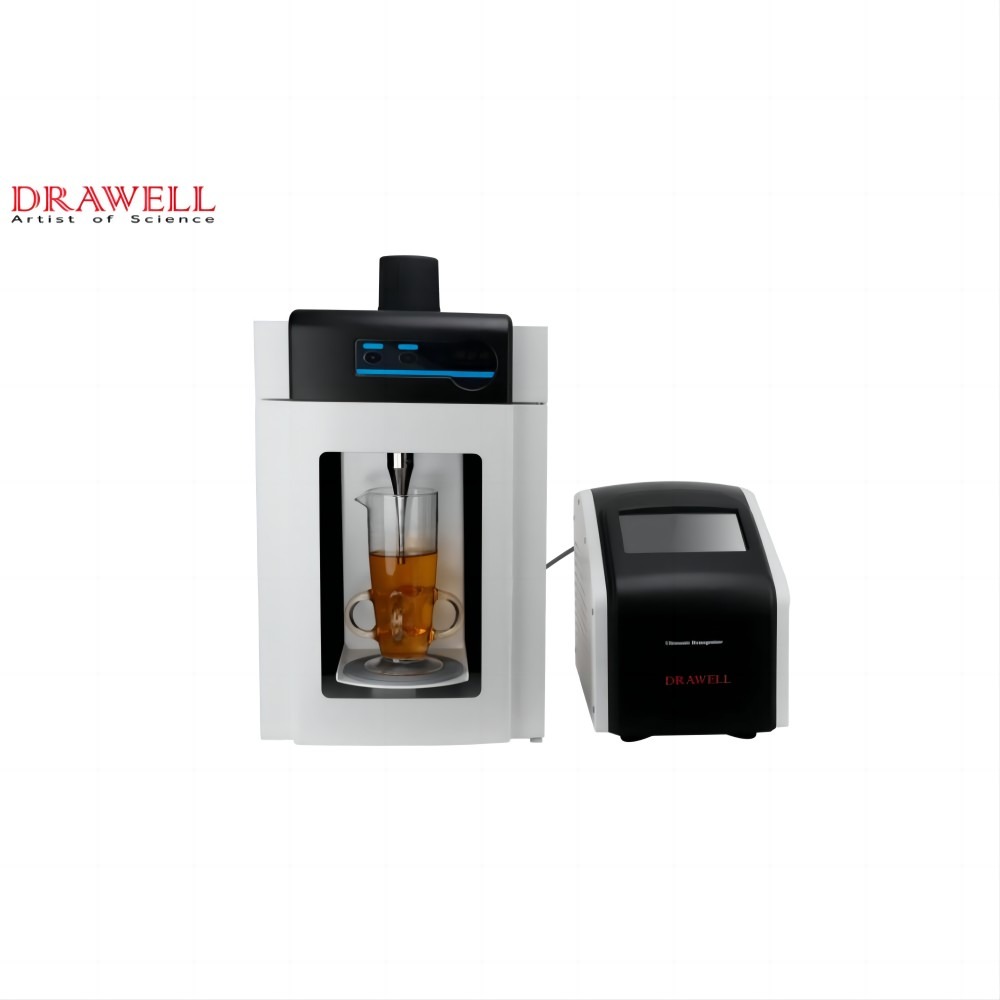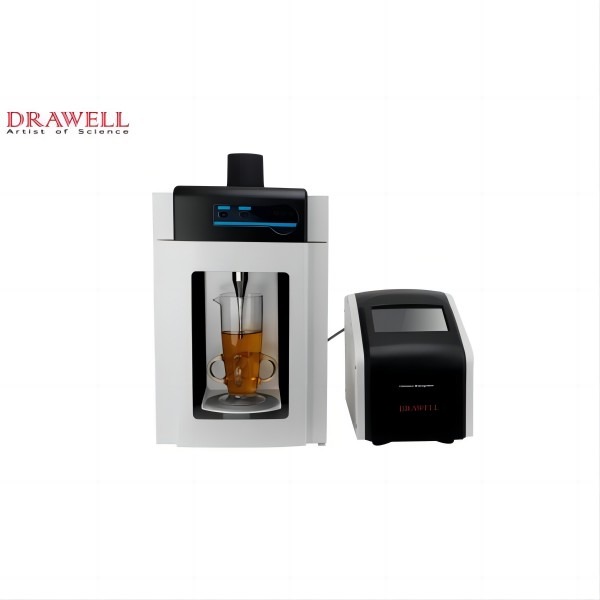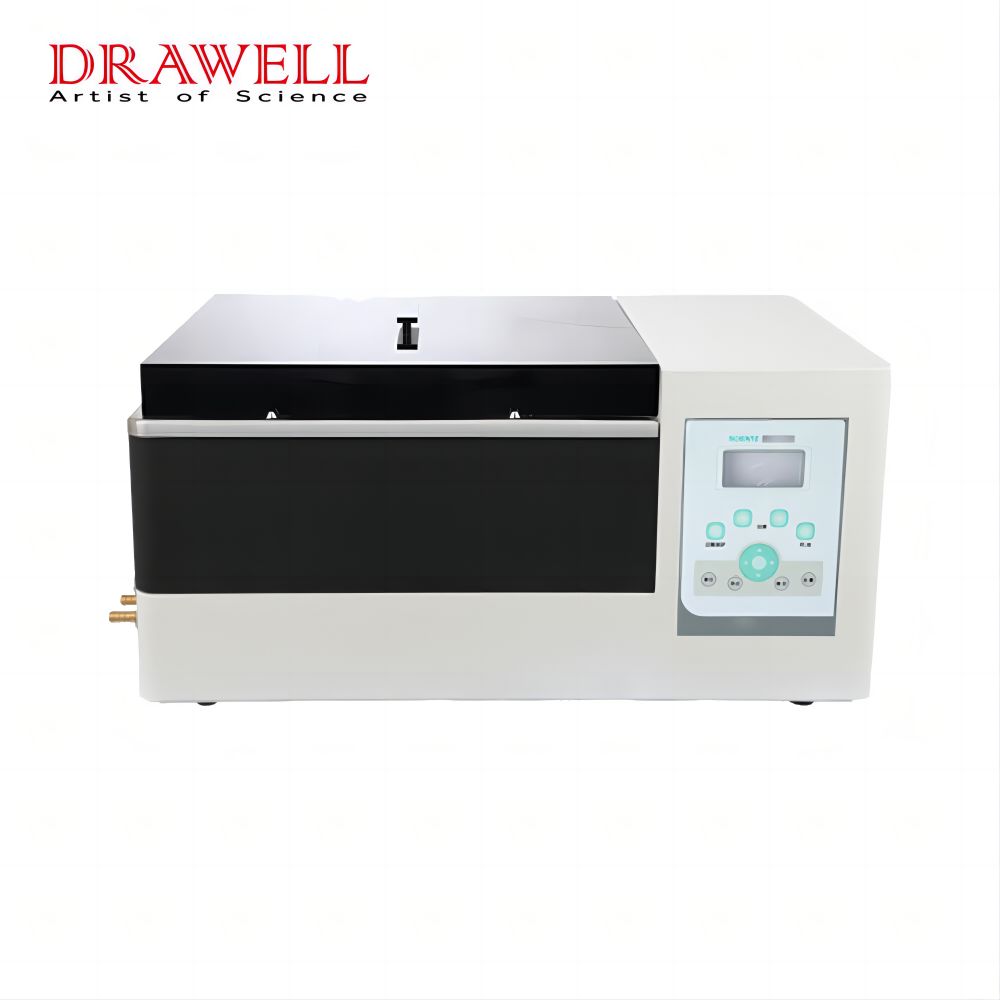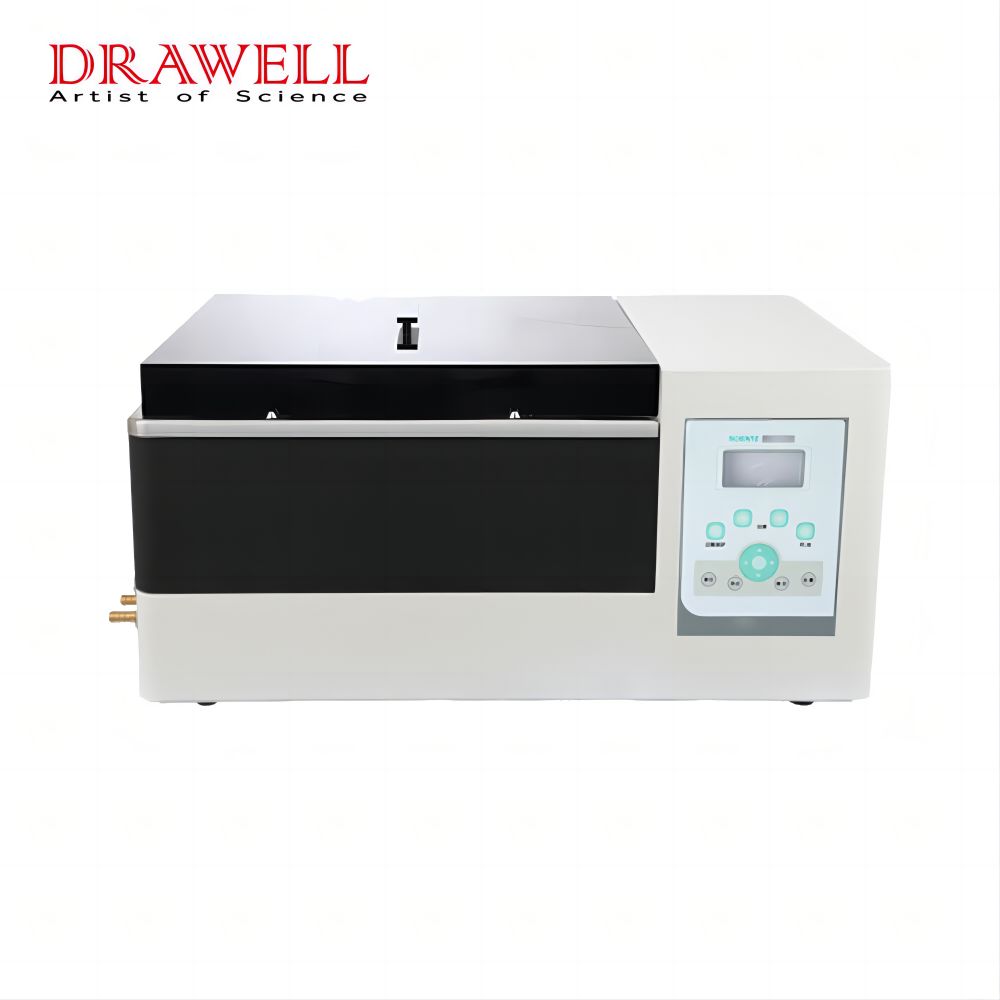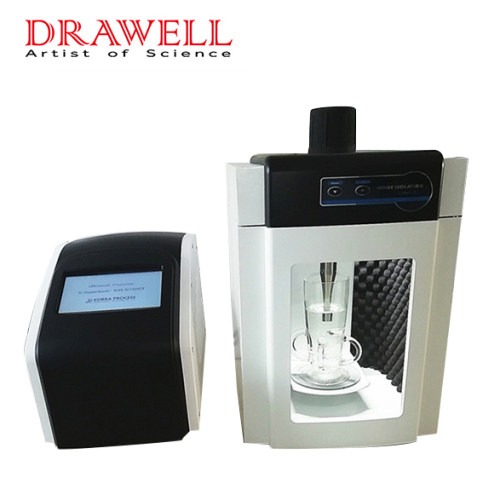What Is The Ultrasonic Homogenizer?
Ultrasonic homogenizer, also known as ultrasonic disruptor or sonicator, is a type of equipment that uses high frequency sound waves to mix, emulsify, disperse, and homogenize different types of materials. The device consists of a generator that produces high-frequency electrical signals, a transducer that converts the electrical signals into mechanical vibrations, and a horn or probe that amplifies and focuses the vibrations onto the sample.
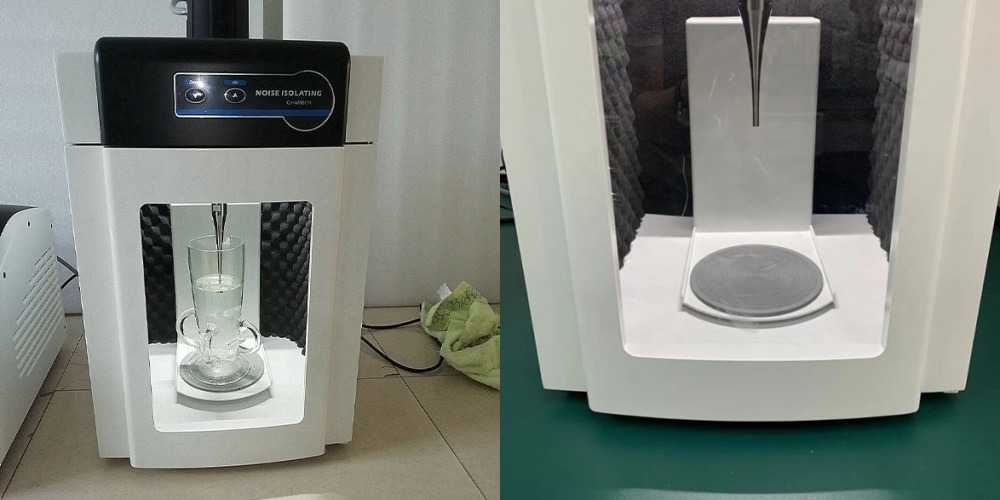
Applications of Ultrasonic Homogenizer
Ultrasonic homogenizers are versatile laboratory devices that find applications in a wide range of fields, including biology, chemistry, materials science, and engineering. Some of the common applications of ultrasonic homogenizers include:
- Cell disruption: Ultrasonic homogenizers are commonly used to disrupt cells and extract intracellular components, such as proteins, DNA, and RNA. The device can be used with a wide range of cell types, including bacteria, yeast, mammalian cells, and tissues.
- Emulsification: Ultrasonic homogenizers are used to produce fine emulsions of immiscible liquids, such as oil and water. The device can produce stable emulsions with small droplet sizes, which are useful in a range of applications, including food and beverage processing, cosmetics, and pharmaceuticals.
- Dispersion: Ultrasonic homogenizers can be used to disperse particles in liquids, such as nanoparticles, pigments, and fillers. The device can produce uniform and stable dispersions, which are useful in a range of applications, including coatings, paints, and electronics.
- Degassing: Ultrasonic homogenizers are used to remove dissolved gases, such as oxygen, nitrogen, and carbon dioxide, from liquids. The device can produce high vacuum levels, which are useful in a range of applications, including degassing solvents, preparing samples for mass spectrometry, and removing bubbles from liquids used in laboratory equipment.
3 Useful Tips for Using Ultrasonic Homogenizers
Although ultrasonic homogenizers are versatile laboratory devices with a wide range of applications. There are several tips when using ultrasonic homogenizers, including:
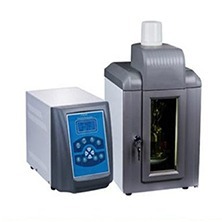
1. Safety Considerations
- Hearing protection: Ultrasonic homogenizers generate high-frequency sound waves that can be harmful to hearing. Therefore, it is important to wear appropriate hearing protection when using the device. Earplugs or earmuffs can provide effective protection.
- Eye protection: Ultrasonic homogenizers can generate aerosols and splashes, which can be harmful to the eyes. Therefore, it is important to wear appropriate safety glasses or goggles when using the device.
- Skin protection: The probe or horn of the device can become very hot during use, so it is important to wear appropriate heat-resistant gloves when handling these parts.
- Respiratory protection: The use of ultrasonic homogenizers can generate aerosols, which can be inhaled and cause respiratory irritation. Therefore, it is important to work in a well-ventilated area or use appropriate respiratory protection when using the device.
- Sample containment: The use of ultrasonic homogenizers can generate aerosols and splashes, which can be harmful to the operator and others nearby. Therefore, it is important to work with the device in a contained area, such as a fume hood, and to use appropriate sample containers and lids to prevent the release of aerosols.
Overall, it is important to follow appropriate safety protocols when using an ultrasonic homogenizer to minimize the risk of injury or exposure to hazardous materials.
2. Common Problems and Possible Solutions
Here are some common problems that may arise when using an ultrasonic homogenizer and some possible solutions:
- Poor disruption: If the sample is not being disrupted properly, it may be due to incorrect settings on the device, such as the amplitude or pulse duration. Try adjusting these settings to optimize the performance of the device.
- Overheating: If the sample is heating up excessively during use, it may be due to the formation of cavitation bubbles, which can generate heat. Try adjusting the settings of the device to prevent the formation of these bubbles.
- Reduced power output: If the homogenizer is not producing a sufficient amount of energy, it may be due to a faulty generator or transducer. Check the connections and make sure that the device is properly calibrated.
- Inconsistent performance: If the performance of the homogenizer is inconsistent, it may be due to the formation of air bubbles in the sample. Try degassing the sample before homogenization to prevent the formation of these bubbles.
- Excessive noise: If the homogenizer is generating excessive noise, it may be due to loose or faulty parts. Check the connections and tighten any loose parts.
If you are unable to troubleshoot the problem yourself, it may be necessary to contact the manufacturer or a qualified technician for assistance.
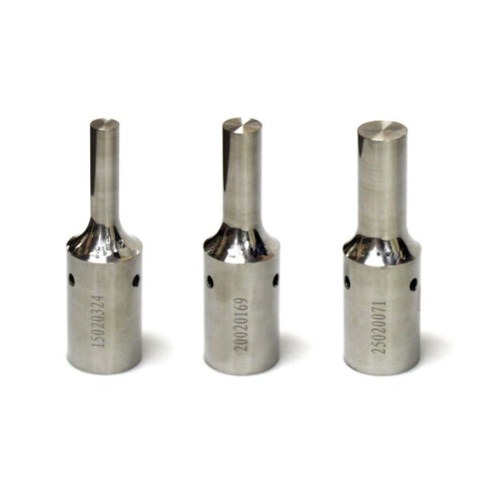
3. Regular Maintenance
Regular maintenance is important to ensure the optimal performance and longevity of an ultrasonic homogenizer. Here are some common maintenance requirements for an ultrasonic homogenizer:
- Cleaning: The probe or horn of the homogenizer should be cleaned after each use to prevent the buildup of sample material. Use a suitable cleaning solution to remove any residue, and rinse the probe thoroughly with water.
- Calibration: Ultrasonic homogenizers should be calibrated regularly to ensure that they are delivering the intended energy output. Calibration may be performed by the manufacturer or by a qualified technician.
- Lubrication: Some ultrasonic homogenizers require regular lubrication of moving parts to ensure smooth operation. Check the user manual for specific instructions.
- Inspection: Inspect the homogenizer regularly for signs of wear or damage, such as cracks or chips in the probe. Replace any damaged parts as necessary.
- Storage: When not in use, the homogenizer should be stored in a dry, cool location to prevent the buildup of moisture or exposure to extreme temperatures.
- Use of distilled water: It is recommended to use distilled water for the operation of the homogenizer to prevent the buildup of minerals in the transducer and the generator.
It is important to refer to the user manual for specific maintenance requirements for your ultrasonic homogenizer, as these may vary depending on the make and model of the device.
If you are not sure about the usage of the equipment, please feel free to contact us. We DRAWELL is a professional ultrasonic homogenizer manufacturer with good after-sale services, so please believe we will satisfy your needs and solve your problem.

